food labels is essential if you are going to avoid chemicals and additives, artificial flavorings and colorings, preservatives, flow agents, texture agents, antibiotics and fillers.
Reading Food Labels is important to determine the serving size, the calories and how much protein, fat, sugars and carbohydrates you are eating. Stick with fresh whole, organic, unprocessed foods whenever possible. Stay away from trans fats, high fructose corn syrup and anything that you don’t recognize as a real food.
If you follow these simple guidelines you will decrease your exposure to an enormous number of chemicals that do not belong in our bodies. Many chemicals send confusing signals to our cells leading to abnormal function and risk of many diseases such as cancer, multiple sclerosis, allergies and asthma, to name a few. And, food also talks to you cells and your genetic material, your DNA, turning on healthy functions, turning off cancer genes, inflammatory genes.
What you eat matters. If you want to eat an anti-cancer diet, you must be conscious of what is in every bite. Being careful and thoughtful about what you eat can reduce the load of chemicals in your body and lower cancer risk. Why not eat a food that actual lowers cancer risk instead?? Eat your broccoli! Feast on Avocados
Here are Four Tips by Elisa Bosley, excerpted from Delicious Living Magazine.:
Food labels are confusing, but they don’t have to be if you follow these four tips. You’ll be making healthier food choices in no time.
Start with serving size.
If a 16-ounce bottled juice says “Serving Size: 8 ounces,” that means the bottle is two servings, not one. Double the nutrition numbers to see what you’re really getting if you drink the whole thing.
Read the ingredient list.
Items appear in order of quantity; for example, if “oats” is the first ingredient, that’s got the highest concentration in the food. This tells you something if sugar—or a disguised sugar, like corn syrup, dextrose, or sucrose—is the first (and third and fourth) ingredient.
Look for recognizable, whole foods.
Lengthy lists with lots of scientific-sounding ingredients mean most of that “food” was created in a lab (think preservatives, fake colors, and other additives), not in nature. And be aware: Anything with “hydrogenated” in the ingredient list contains trans fats, even if the label number reads zero, thanks to a loophole that allows products with less than 0.5 grams trans fat per serving to go unlabeled.
Keep an eye on key nutrients
Packaged foods tend to be high in sodium; aim for less than 5 percent Daily Value (DV) per serving. A good fiber number is 4 grams or more per serving. Limit snacks to about 200 calories per serving; meals should run around 600–700 calories.
Here is a link to a great video by researcher and physician Dr. William Li: Foods that Starve Cancer
If you would like to learn more about how to take steps to make your home a cancer free zone, download my free 30 page report
3 Dangerous Cancer Myths Revealed: What Your Doctor Isn’t Telling You
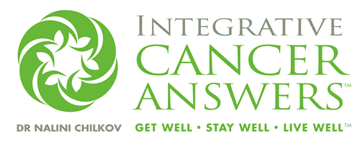





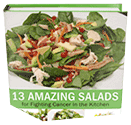
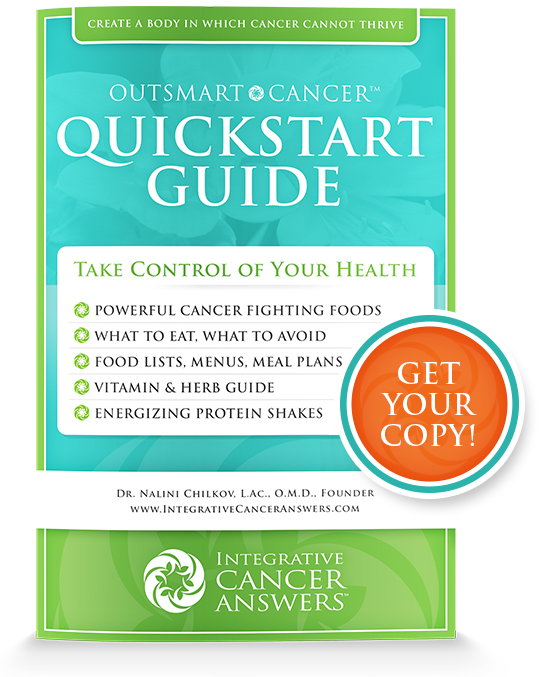
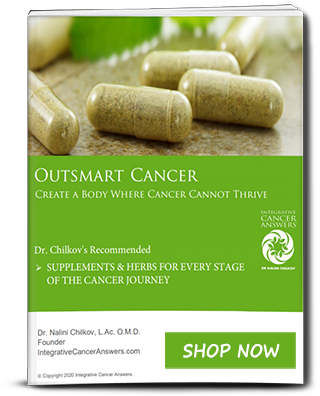
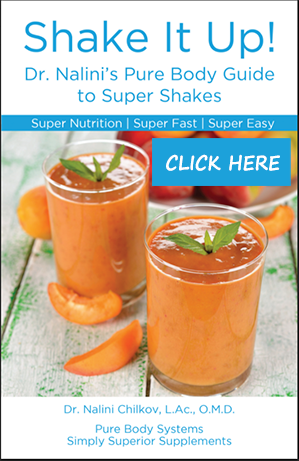


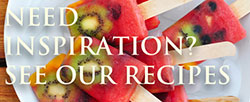
As Seen On: